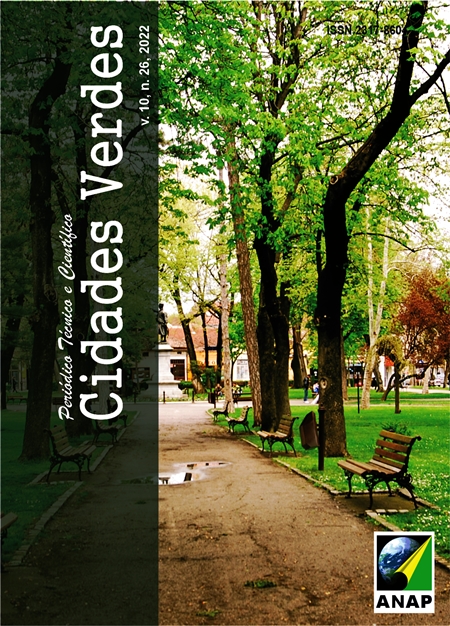Non-motorized displacement in the central area of Paranaguá (PR) Brazil: a contribution to mobility in the city
DOI:
https://doi.org/10.17271/23178604102620223131Abstract
ABSTRACT
In the last few decades Brazil has achieved a significant advancement in the regulations on urban and environmental planning. Some of the advancements are seen in the field of transportation and mobility in the city. Paranaguá, located on the coastal plain of the Paraná state, faces socio-environmental problems due to urban growth without planning, that affects the potential of non-motorized mobility. In this sense, the objective of the present research was to evaluate the potential of non-motorized displacement of the urban area of the city. All the streets of centrality were checked; sidewalks, bicycle lanes and road arborization were classified as high, medium or low quality. The data were released on cartographic bases provided by the Town Council and software was used in geoprocessing routines. In general, the sidewalks and the trees are of low quality. The cycle network, despite being of good quality, is reduced and mainly meets the demand of workers related to the Port of Paranaguá. It is concluded that the low potential for non-motorized displacement predominates in the urban network of the study site. The sectors of city functionality demand better conditions for this kind of displacement.
KEYWORDS: Paranaguá. Urban planning. Non-motorized displacement.















